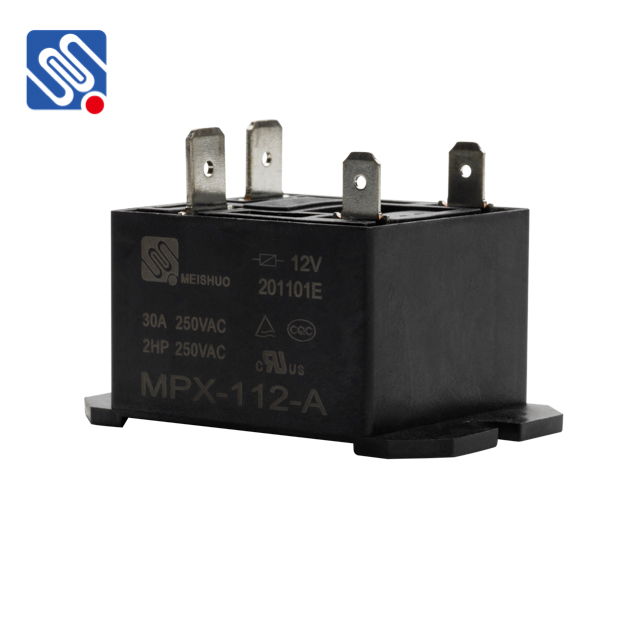A power relay is a vital component in electrical and electronic systems used for switching high-power circuits with low-power control signals. It operates based on electromagnetic principles, offering a reliable and efficient way to control large electrical loads with precision. Power relays are widely used in a variety of applications, from household appliances to industrial automation systems, making them crucial for modern electrical systems. This article delves into the function, types, and applications of power relays, highlighting their significance in various industries.

What is a Power Relay? A power relay is essentially an electromechanical switch that allows a low-power input to control a higher-power circuit. It consists of a coil, an armature, and one or more sets of contacts. When a current flows through the coil, it generates a magnetic field that causes the armature to move, thereby closing or opening the contacts in the circuit. The contacts can either be normally open (NO), meaning they are open when the relay is de-energized, or normally closed (NC), meaning they are closed when the relay is in its unpowered state. How Does a Power Relay Work?